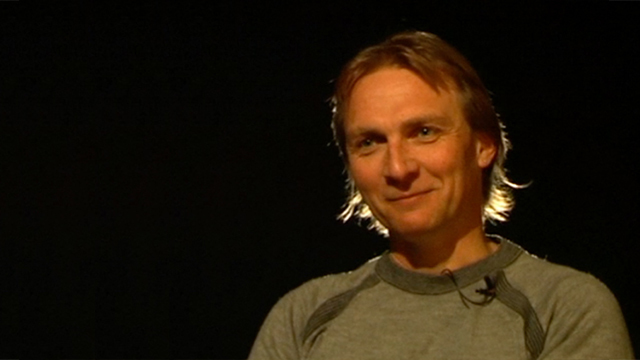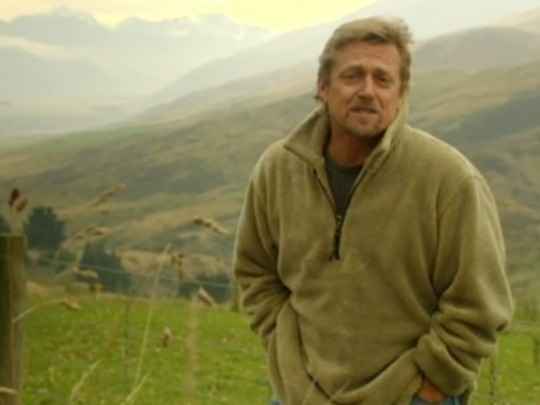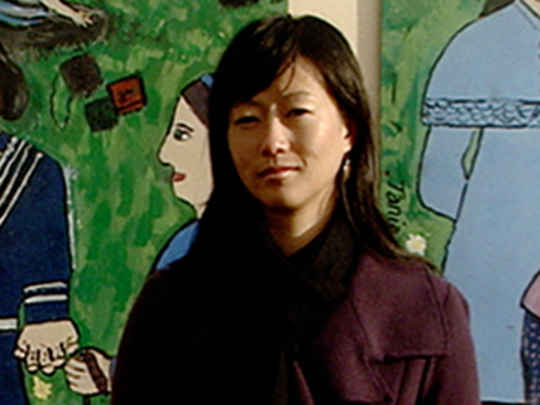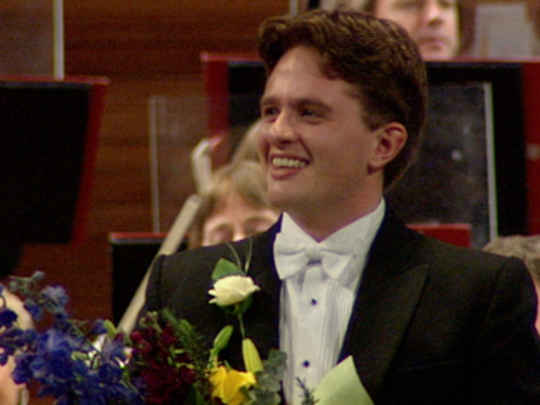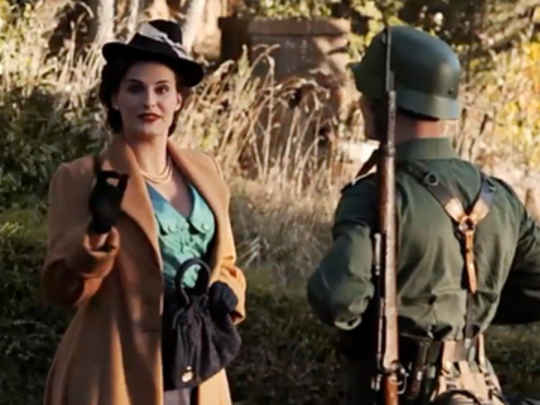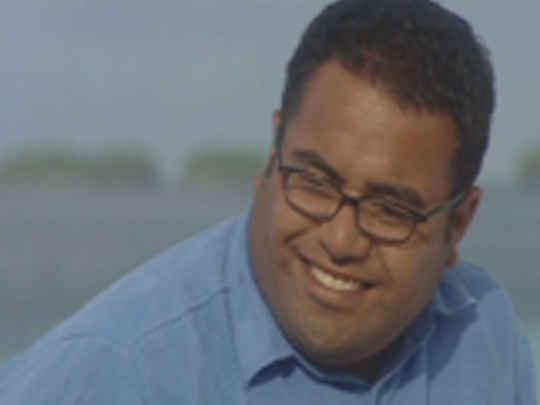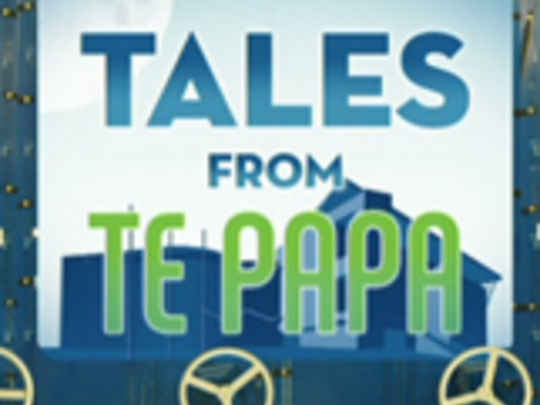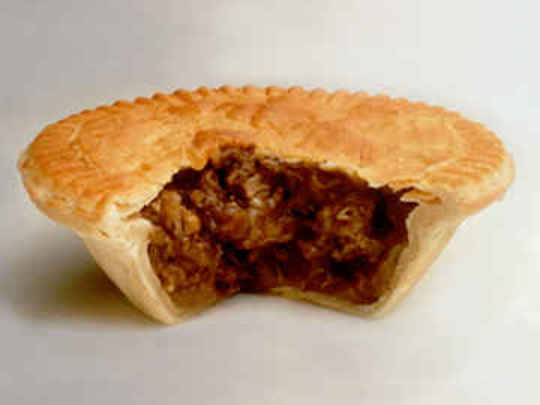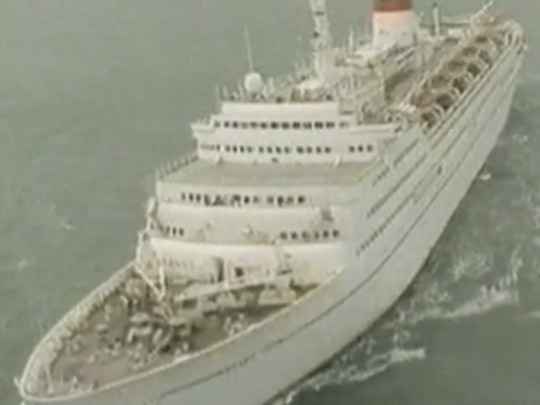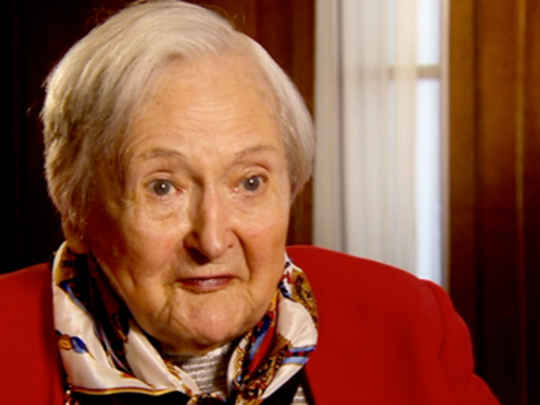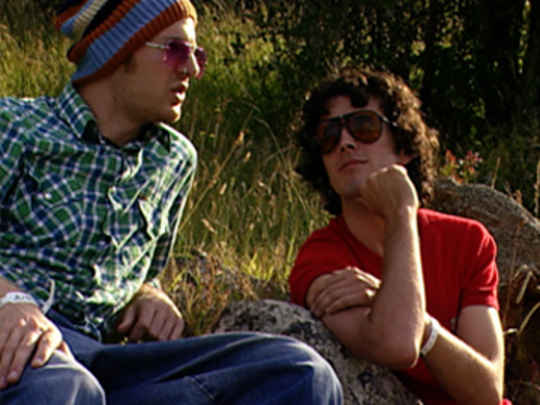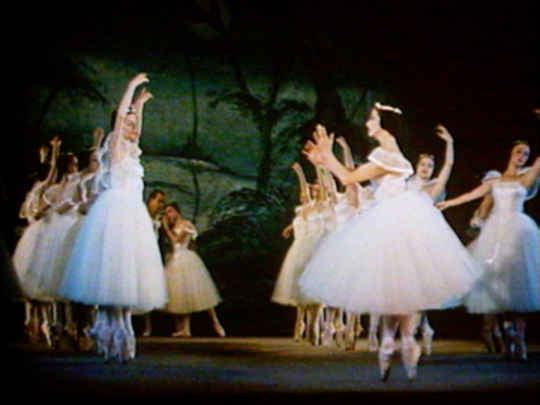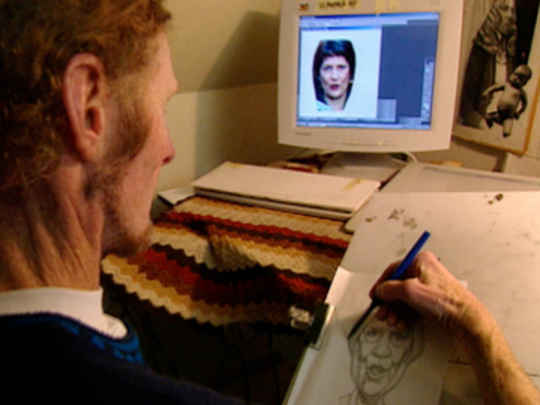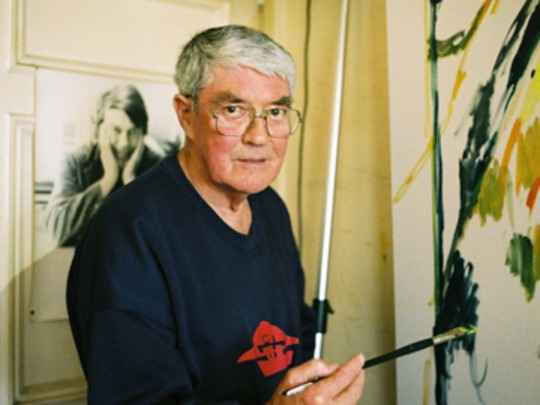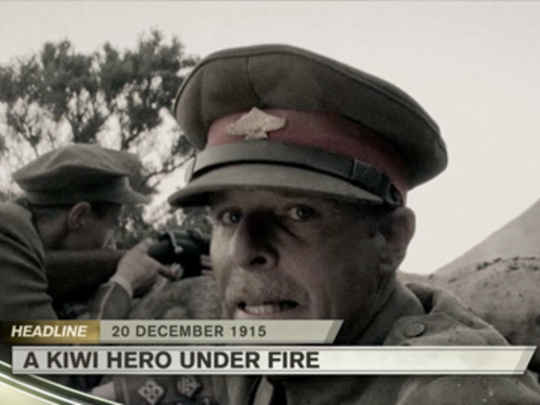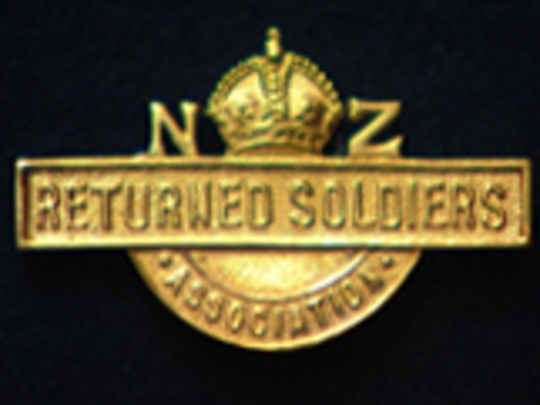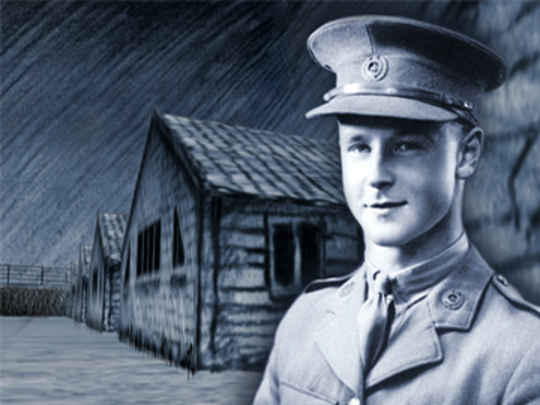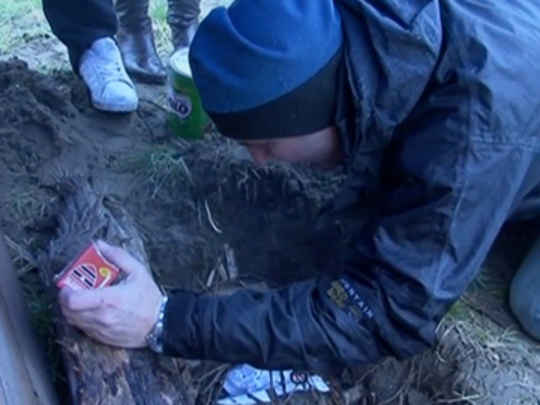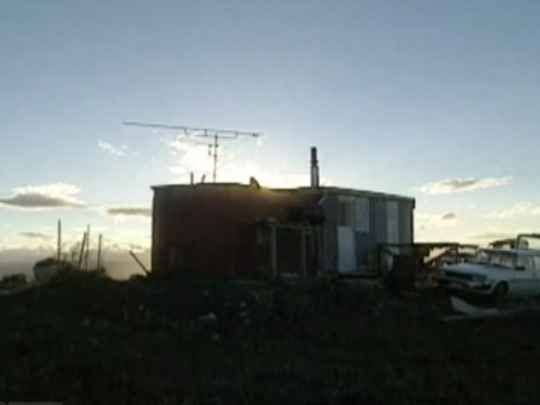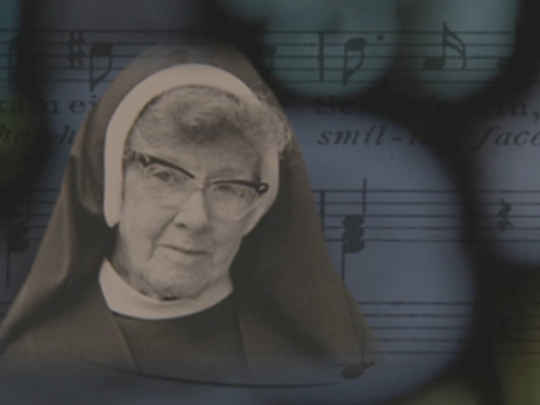Gary Scott: From Kiwi culture to cults...
Interview – 2011
Producer/director Gary Scott has spent time in the newsroom, the museum, and on location. Trained as a historian and journalist, Scott has been producing with Wellington company Gibson Group since 2001. Scott also helps Gibson Group develop multimedia experiences for museums.
In this ScreenTalk, Scott talks about:
- How producing is a balancing act between art and commerce
- Delaying journalism studies because he got waylaid working in student radio and newspapers
- Working with survivors from a 1995 Ansett plane crash on one of his earliest directing projects, documentary Flight 703: The Survivors
- Using his New Zealand history degree to make career highlight Here to Stay, which explored what traits and icons key settler groups contributed to the Kiwi blend
- Working on a trio of documentaries about the police: Undercover (the police declined to be interviewed), Line of Fire (the Armed Offenders Squad), and NZ Detectives
- Dealing with traumatic situations, such as Flight 703: The Survivors, and "enemies", like the Church of Scientology, for documentary How to Spot a Cult
This video
was first uploaded on 21 June 2011, and
is available under
this Creative Commons licence.
This licence is limited to use of ScreenTalk interview footage only and does not apply to any video content and
photographs from films, television, music videos, web series and commercials used in the interview.
Interview - Ian Pryor. Camera and Editing - Alex Backhouse
It just fed into my keenness to tell good social stories about New Zealand . . . What you miss from being a journalist on news is that you’re always dealing with what happened today and who doesn't like it. You never get to talk about what that is in a cultural context, why it's got to that point, and what it really means going forward.– Gary Scott compares his experiences working in TV news with documentary series Here To Stay
